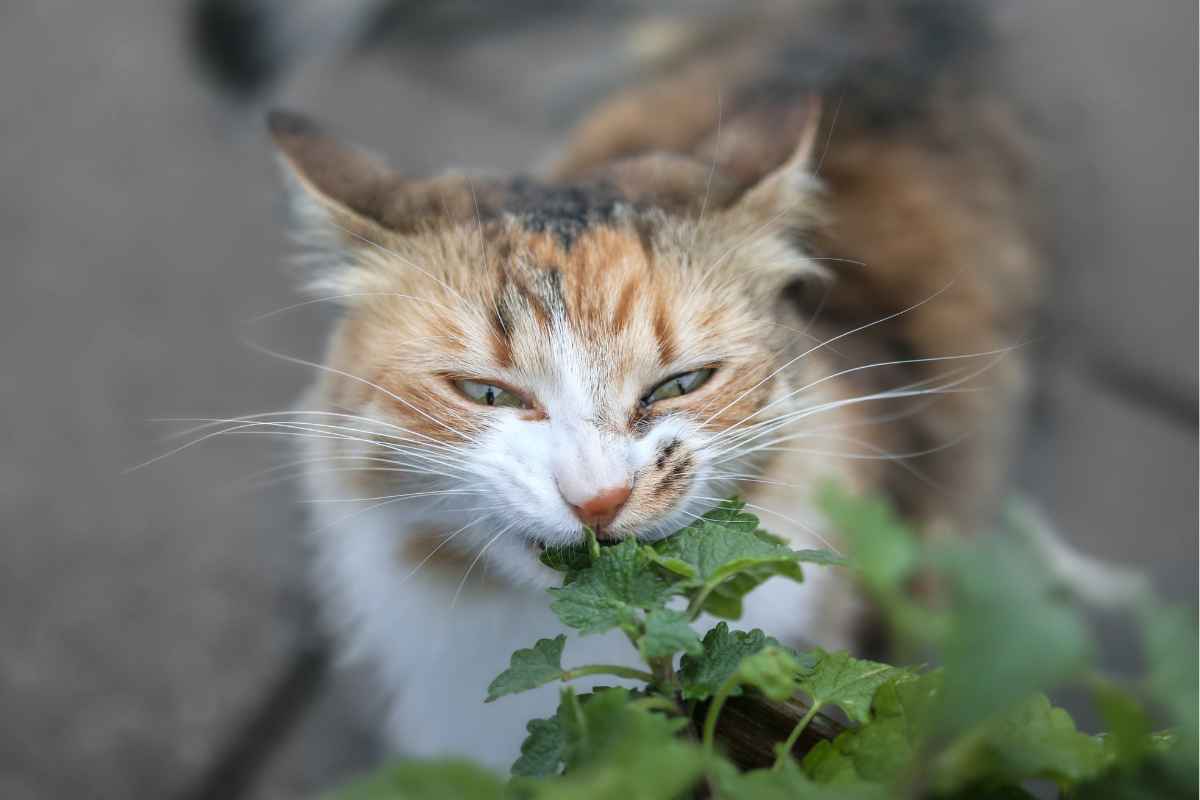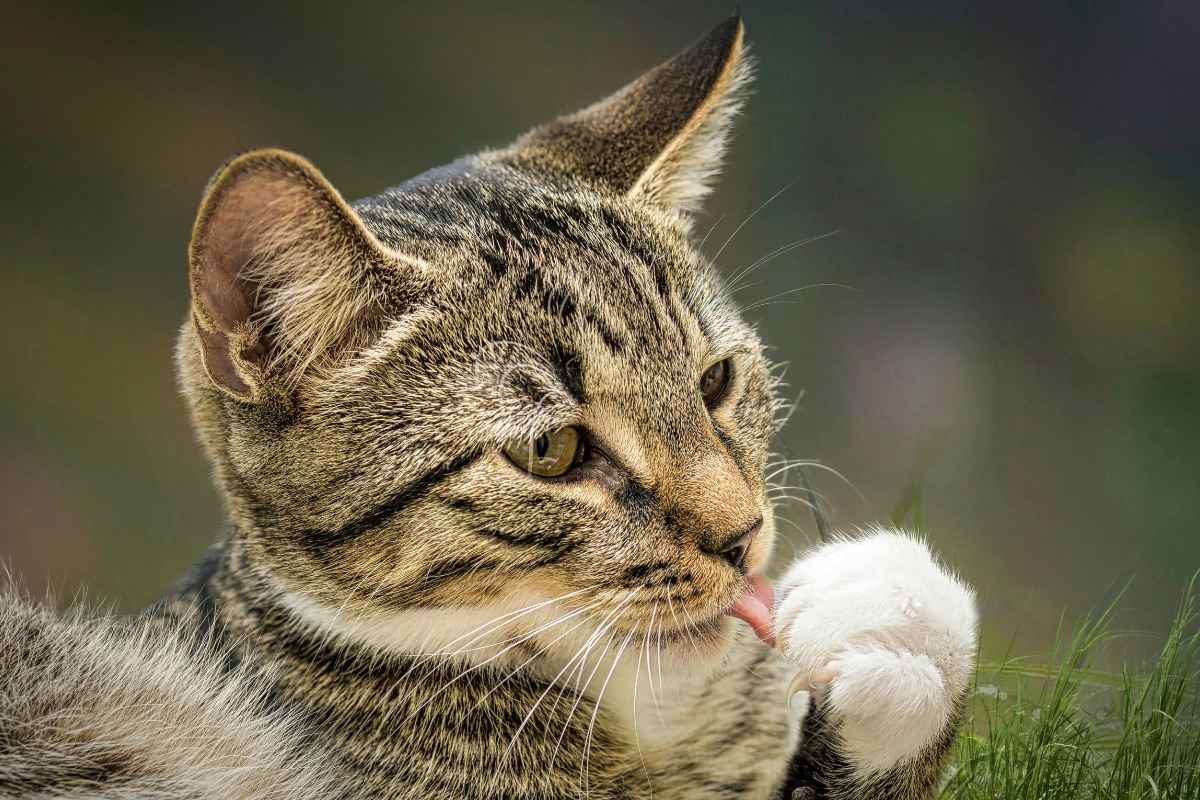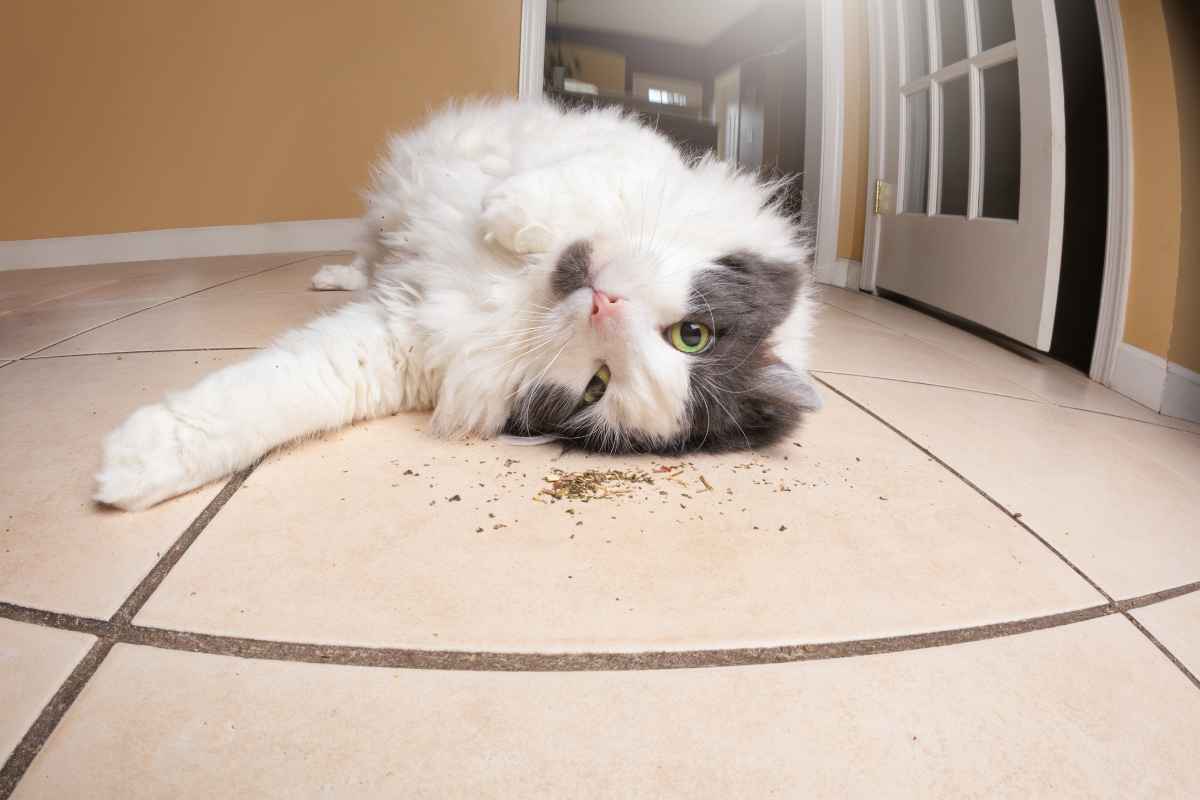- Urbaki Pets
- Cats
- What is CATNIP - Effects and Benefits
What is CATNIP - Effects and Benefits
15/08/2024 · Updated on: 14/10/2025

Key takeaways: Catnip (Nepeta cataria) triggers playful, euphoric behaviors in many cats for 10–15 minutes; it’s generally safe and non-addictive when used in moderation; and if your cat doesn’t respond, silvervine is an excellent alternative.
Below you’ll find clear guidance on catnip effects, sensible use, and evidence-based tips to get the most enrichment out of this little herb.
What Is Catnip?
Catnip is a member of the mint family containing nepetalactone, an aromatic compound stored in the plant’s leaves, stems, and buds.
When cats encounter this scent, they often shift into a distinctive play mode—rubbing, rolling, pouncing, drooling, meowing, and zooming—as if the world suddenly became one big toy.
Importantly, the response is primarily olfactory: cats react to the scent, not because they “eat” something intoxicating. That’s why even dried catnip or catnip sprays can be effective.

The Oil, the Nose, and Why Cats Care
When a cat sniffs catnip, nepetalactone binds to receptors in the nose tied to the brain’s emotion and reward centers.
Many cats will also chew or shred the plant—this actually releases more of the volatile oils, intensifying the experience.
The result is a short, harmless burst of joyful, energetic behavior followed by a calm, relaxed phase.
How Catnip Works in Cats
Most cats who respond will do so within seconds, with the classic routine lasting about 10–15 minutes.
After that, there’s a refractory period—often 30 minutes or longer—when the cat becomes temporarily desensitized, so offering more catnip right away won’t do much.
For best results, space out sessions and rotate toys to keep the novelty high.

Typical Behaviors You May See
Expect a mix of rubbing and rolling, playful bunny kicks, face rubbing on the source, and sometimes vocalizing.
Some cats become more cuddly and mellow; others turn into acrobats. If your cat tends to guard resources or gets overstimulated easily, introduce catnip in a quiet space and start with very small amounts to gauge the reaction.
Is Catnip Safe? Sensible Use & Red Flags
For healthy adult cats, catnip is generally safe and not addictive. That said, moderation matters.
Over-ingestion (especially of fresh leaves) can occasionally cause mild vomiting or diarrhea.
If you notice GI upset, excessive drooling, or signs of discomfort, remove the catnip and try a smaller amount on another day—or switch to sprays or toys that limit ingestion.
When to Be Cautious

If your cat has asthma or respiratory sensitivity, dusty dried catnip might be irritating—use fresh leaves or a light spray on a favorite toy instead.
For kittens under 3–6 months, the response is uncommon; many simply won’t react yet. During pregnancy, skip experimental enrichment and stick with your vet’s advice.
Whenever you introduce a new product, observe closely, and contact your veterinarian if anything seems off.
Who Reacts (and Who Doesn’t)
Not all cats are wired the same. Sensitivity to catnip is genetic, so a notable minority simply won’t respond. You might hear ranges like 50–70% responders in the general cat population. Also, very young kittens and some senior cats may show a muted response. If your cat is a non-responder, don’t push it—there are excellent alternatives below.

The Genetics Behind the Fun
Think of catnip response as a heritable trait: if your cat’s receptors don’t “recognize” nepetalactone, the party never starts. That’s perfectly normal and doesn’t indicate a problem with your cat’s mood or health.
Practical Ways to Use Catnip
Catnip can be a powerful enrichment tool—and even a training ally—when used thoughtfully.
Dried, Fresh, Sprays, and Refillable Toys
Dried catnip: Sprinkle a pinch on a scratching post, activity mat, or inside a puzzle feeder. Store the rest in an airtight container away from heat and light.
Fresh leaves: Offer a small sprig on a washable surface or gently bruise leaves to release more aroma. Make sure plants haven’t been treated with pesticides.
Catnip sprays: A convenient option for beds, carriers, and posts—perfect for targeted training (e.g., attracting your cat to the scratcher rather than the sofa).
Refillable toys: Tuck in a small sachet of fresh dried catnip and swap it weekly to maintain potency.
As a practical cadence, many households do well offering catnip 1–2 times per week. The goal is quality, not quantity—you want excitement and novelty, not habituation.
Training and Stress Relief

Use catnip to redirect scratching to the proper spot, to encourage play before a nail trim, or to brighten up solo time when you’re busy. Some cats enjoy a catnip session before a short carrier practice to build positive associations.
Silvervine and Other Alternatives
If catnip is a miss, try silvervine (Actinidia polygama)—many non-responders light up for it.
Silvervine contains multiple iridoids beyond nepetalactone, which may explain higher response rates reported in studies and by veterinarians.
You can find silvervine sticks, powders, and blends. Other options include valerian root and Tatarian honeysuckle; as always, introduce gradually and monitor your cat’s reaction.
Choosing the Right Option
Start with a tiny amount, and stick with what your cat enjoys. Some cats like the soft lift of catnip; others prefer the punchier spark of silvervine. There’s no “best,” only the best for your cat.
Fun Science Nugget: Why Cats Chew the Leaves

You might notice your cat chewing or tearing catnip or silvervine leaves instead of just sniffing. That behavior amplifies the release of iridoids—the aroma compounds cats love.
Fascinatingly, research suggests these iridoids can repel mosquitoes, which may be a natural bonus of your cat’s enthusiastic leaf-mangling. While it’s a fun fact, keep your focus on safe enrichment rather than pest control.
Quick FAQ (Rich-Result Friendly)
Is catnip safe for cats?
Yes—generally safe and non-addictive when used in moderation. A few cats may experience mild GI upset if they eat too much. If that happens, pause and reintroduce later in smaller amounts.
How long do catnip effects last?
Usually 10–15 minutes, followed by a 30+ minute cooldown where your cat won’t react much. Rotate toys and space sessions for better results.

What if my cat doesn’t react?
Try silvervine. Many catnip non-responders show a clear response to silvervine products like powders or sticks.
Can kittens use catnip?
Kittens under 3–6 months often don’t respond. It’s not harmful in tiny amounts, but you may not see the classic behaviors until they’re older.
Should I worry about aggression or overstimulation?
Most cats stay playful, but if yours becomes too intense or guardy, offer catnip in a calm room, reduce the dose, or switch to sprays and interactive play with a wand toy.

Smart, Safe Catnip: A Small Herb with Big Enrichment
Used thoughtfully, catnip can transform a regular afternoon into a mini adventure, giving indoor cats the sensory variety, exercise, and stress relief they crave.
Keep doses small, sessions occasional, and watch your cat’s body language. If the classic catnip magic doesn’t appear, silvervine and other botanicals are waiting in the wings.
With a little experimentation, you can turn scent-based play into one of your cat’s healthiest—and happiest—routines.
We hope you enjoy this video about Cats

Source: AnimalWised
Did you find this post useful or inspiring? Save THIS PIN to your Pets Board on Pinterest!

Urbaki Editorial Team is the collaborative byline behind our pet-care guides. Our writers and editors turn evidence and real-life experience into clear, humane advice on training, wellbeing, nutrition basics, and everyday life with animals. Every article is planned, written, and edited by humans, fact-checked against reputable veterinary sources, and updated over time. This is an editorial pen name—see our Editorial Policy. Educational only; not a substitute for veterinary advice.

You may also like